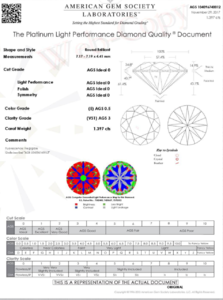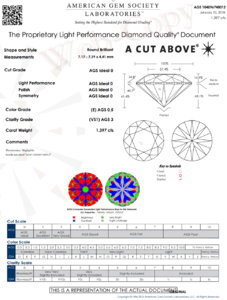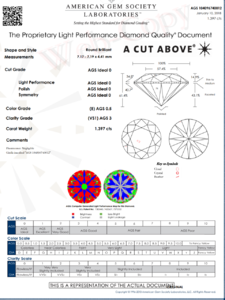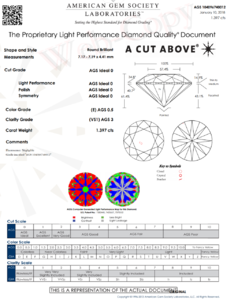mathnerd88
Rough_Rock
- Joined
- May 18, 2016
- Messages
- 33
Hello guys,
I just bought a diamond from WF. I noticed on their site that they posted a diamond with the report saying that it is from November 29, 2017.
Upon running the check on AGS site, the report date says Jan 10, 2018.
Is there a reason for this? Was this diamond used that someone returned back to WF?
From WF site:

From AGS:

I just bought a diamond from WF. I noticed on their site that they posted a diamond with the report saying that it is from November 29, 2017.
Upon running the check on AGS site, the report date says Jan 10, 2018.
Is there a reason for this? Was this diamond used that someone returned back to WF?
From WF site:

From AGS:











300x240.png)